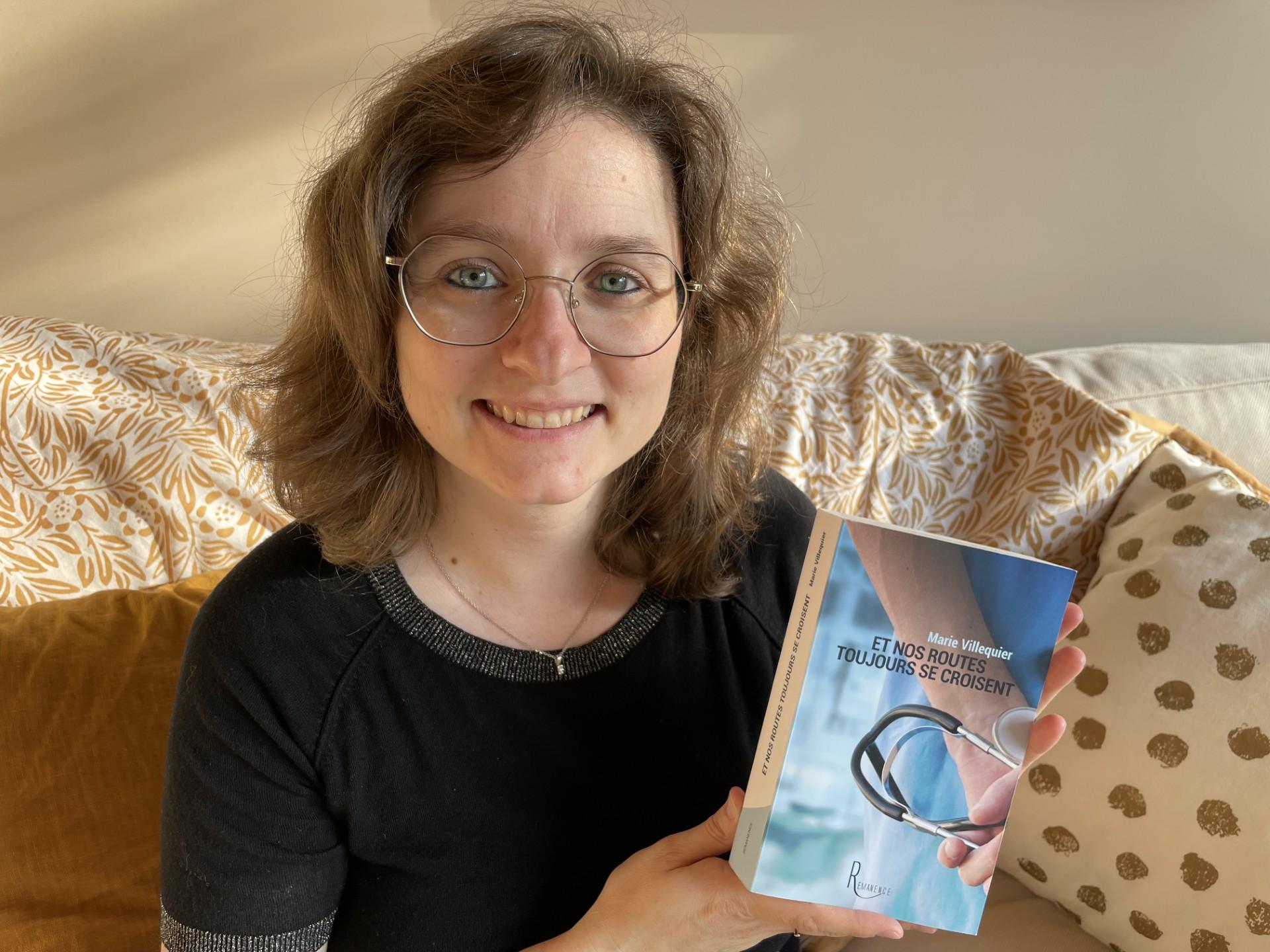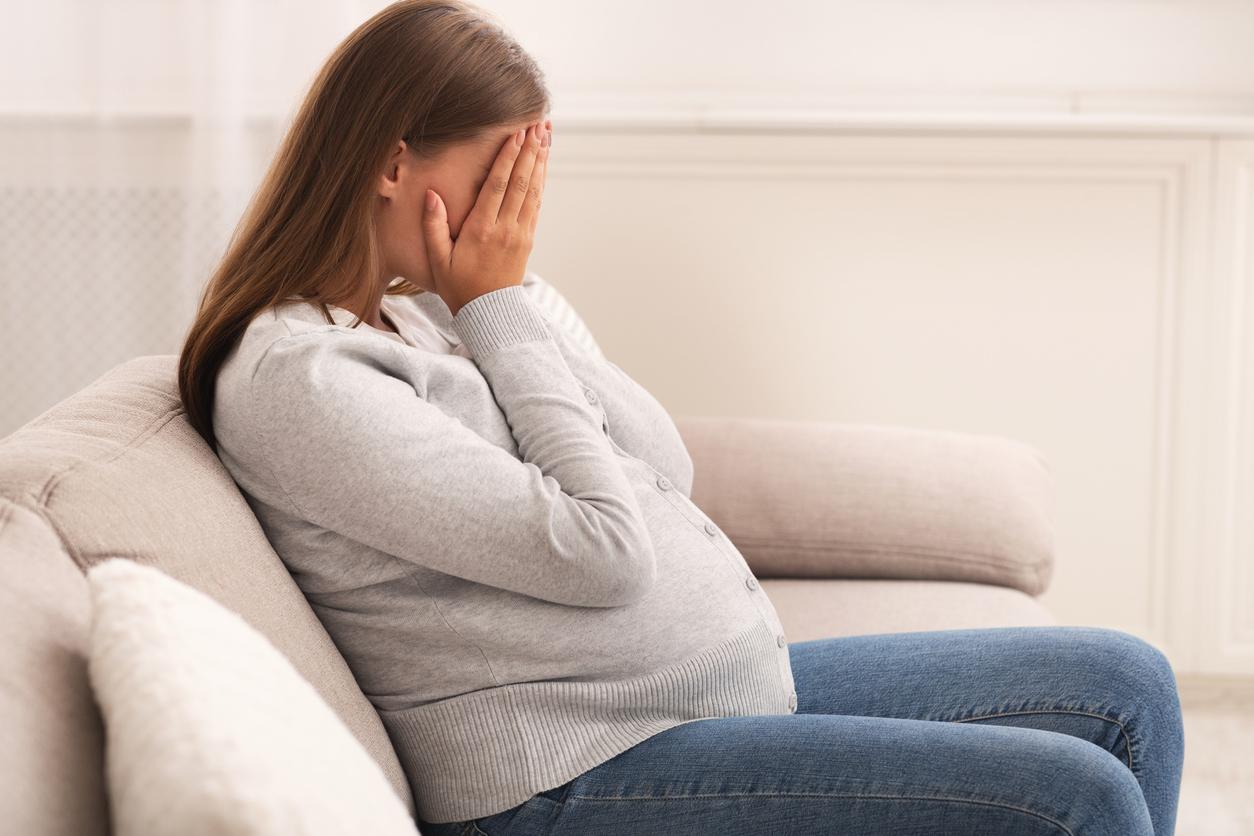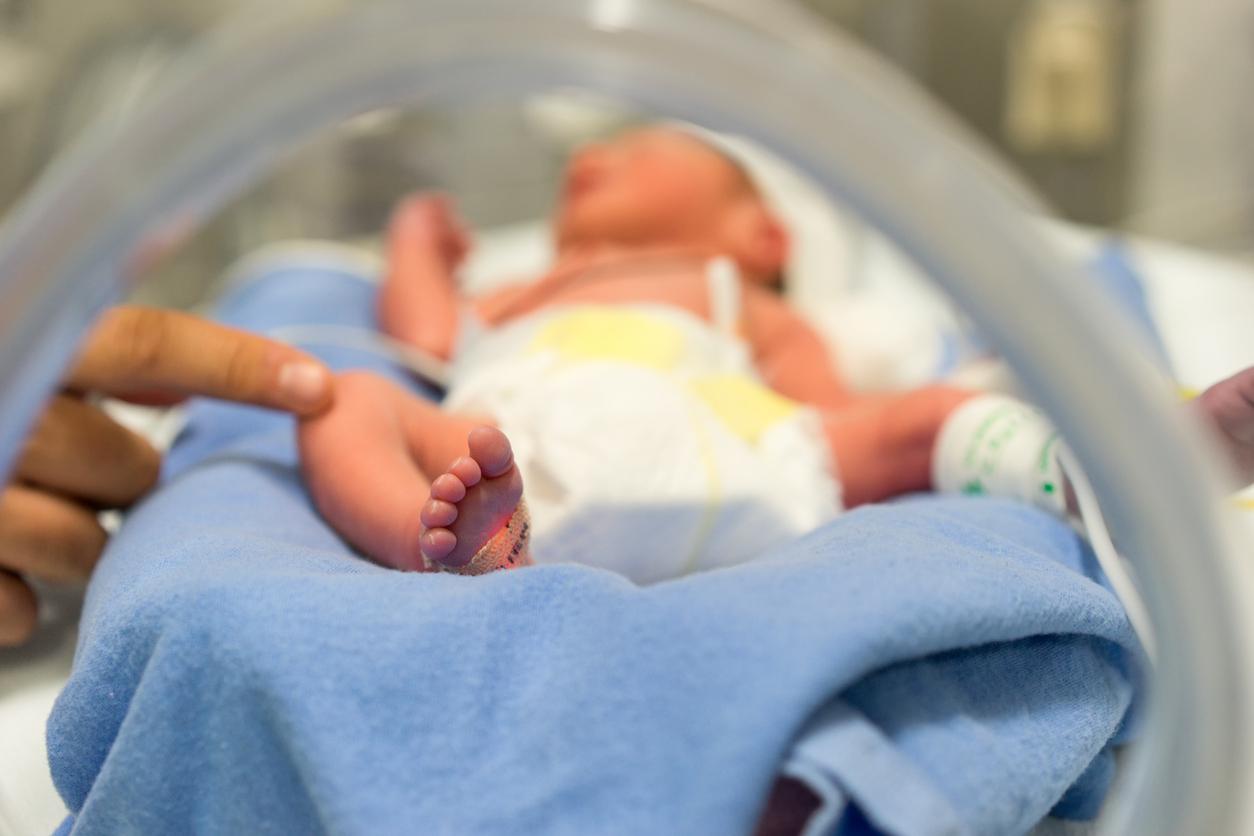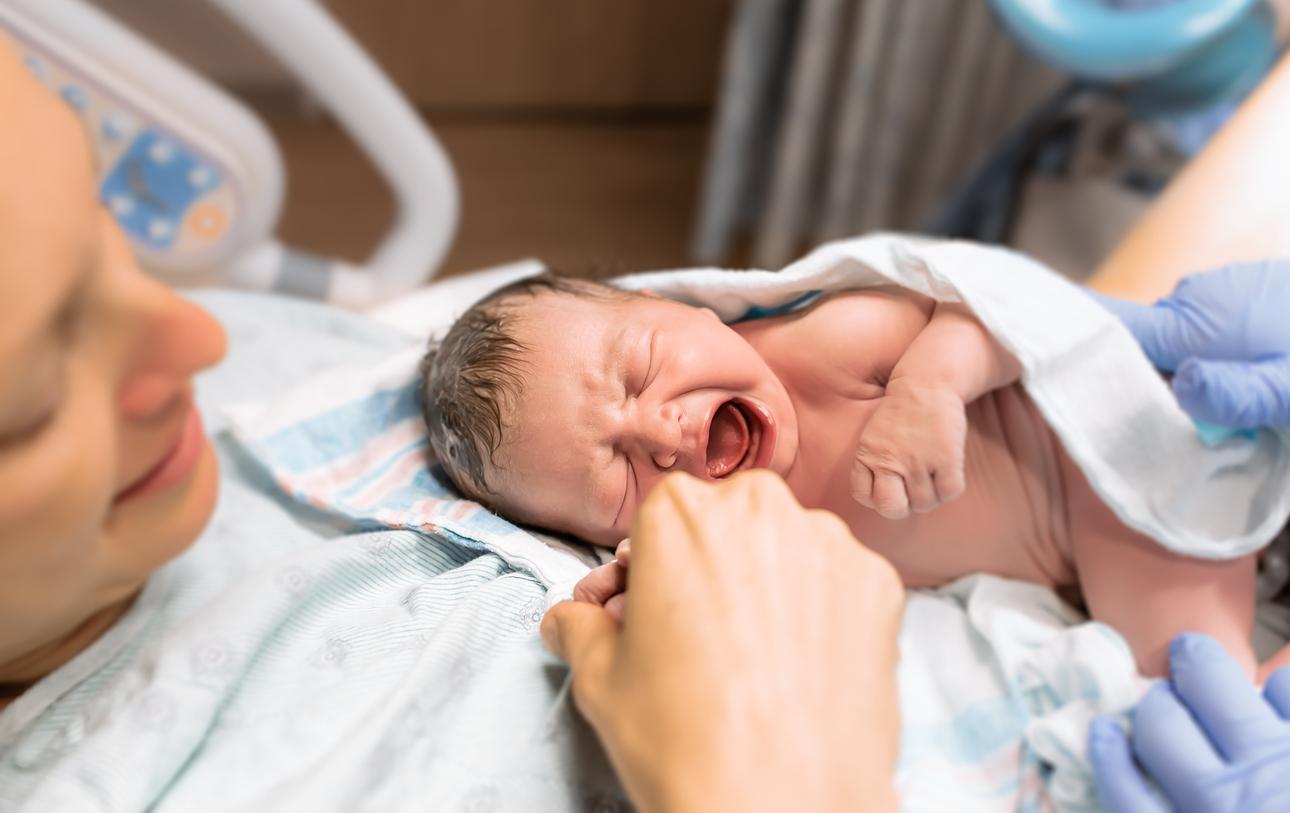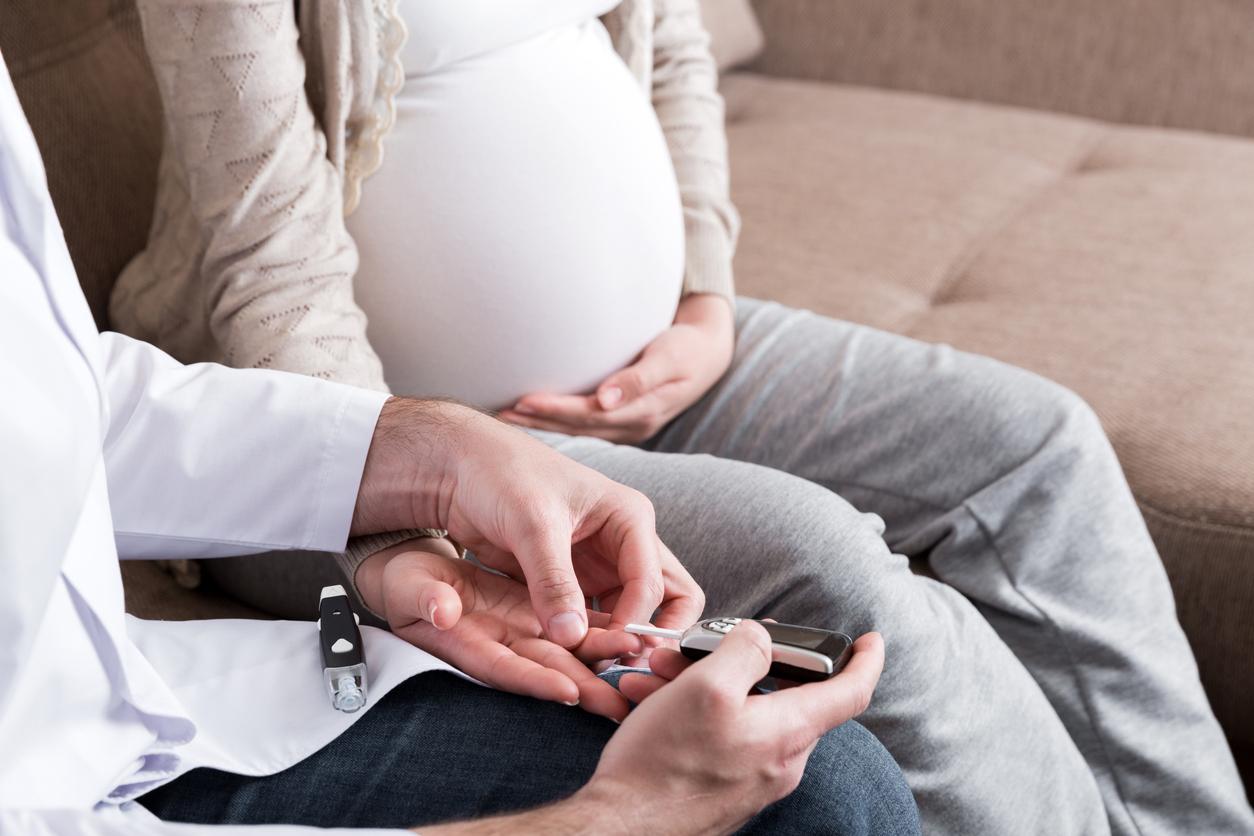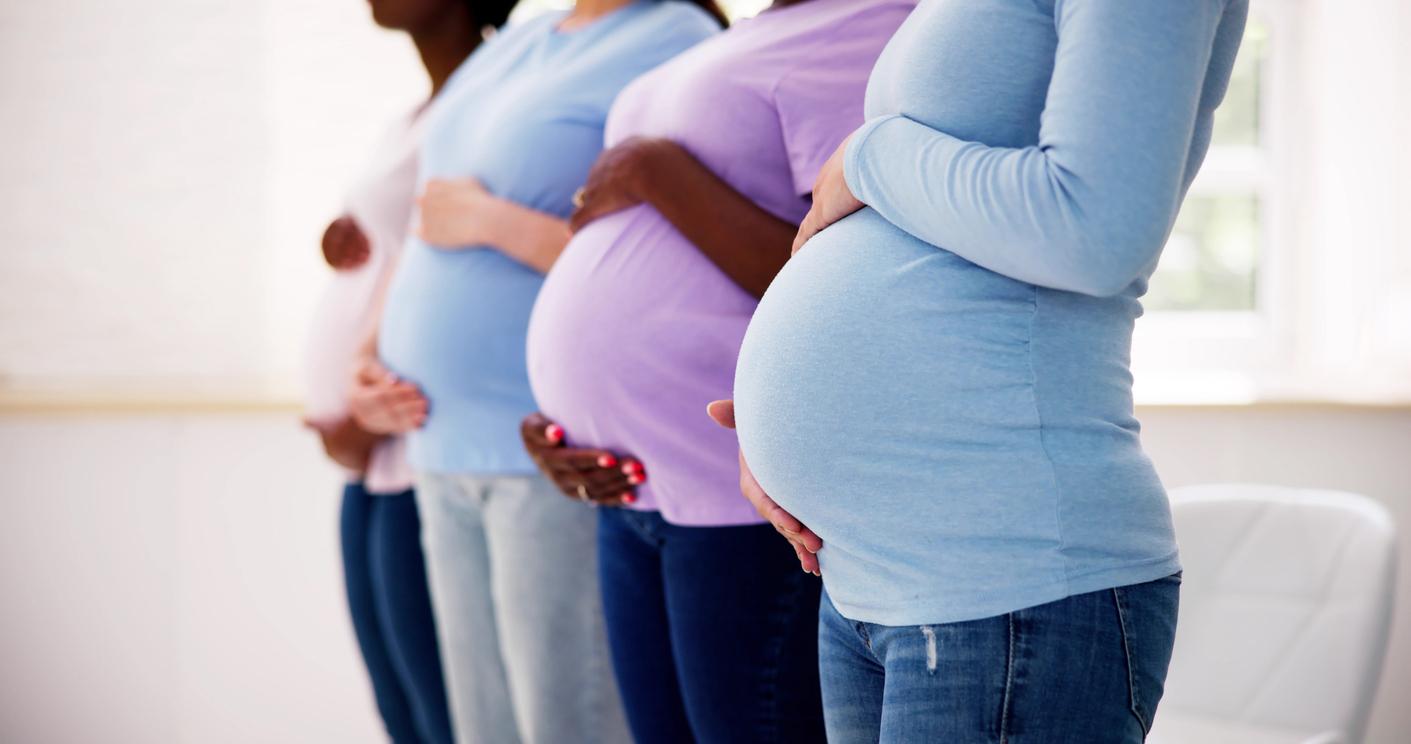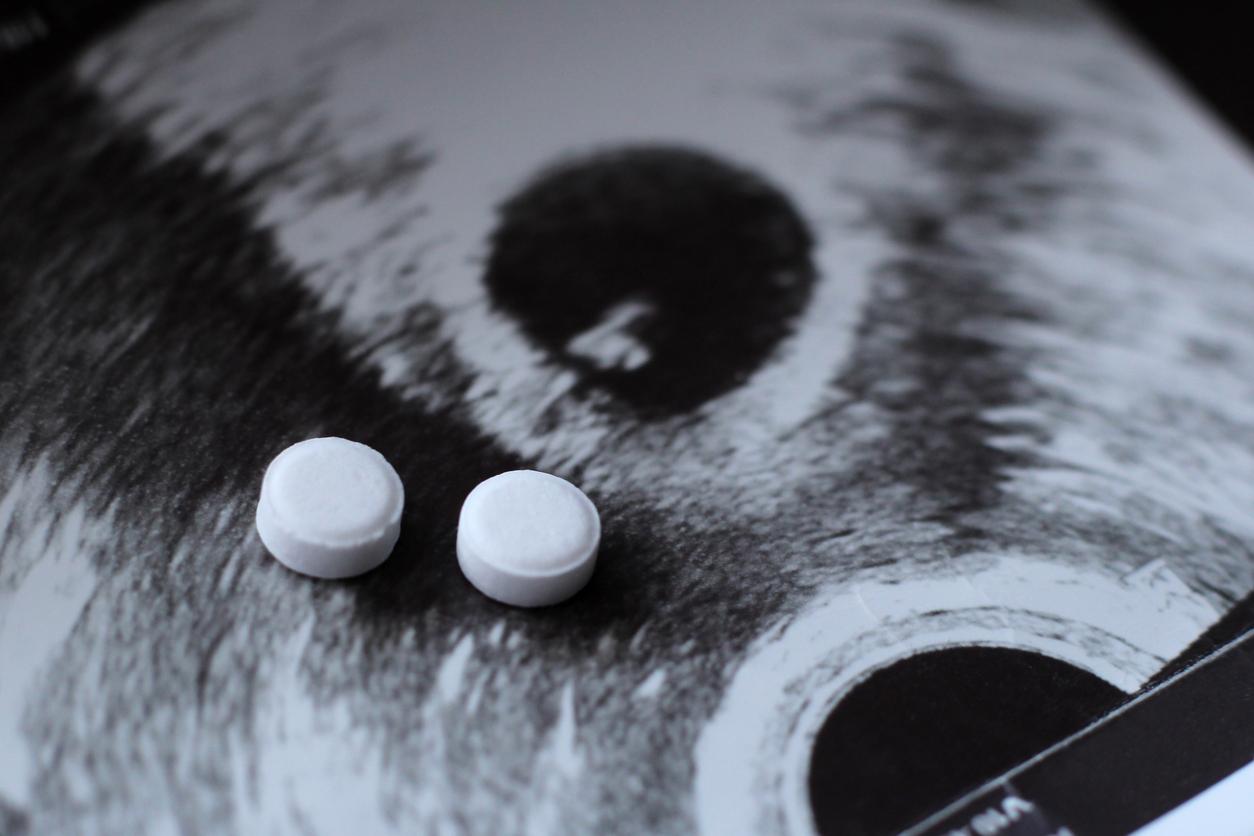More than 8 million babies have been born through assisted reproduction since the world premiere in 1978.
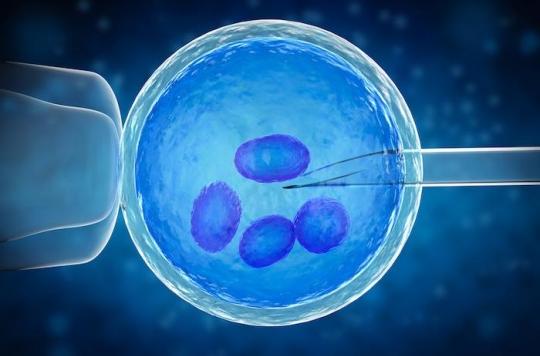
Forty years after the birth of Louise Brown, the world’s first “test-tube baby”, the European Society of Human Reproduction and Embryology (ESHRE) now reports that the total number of babies born as a result of fertilization in vitro (IVF) or intracytoplasmic sperm injection (ICSI) is over 8 million. It is estimated that more than half a million babies are born each year from IVF and ICSI as a result of more than 2 million treatments performed.
IVF is carried out outside the body, in a test tube inside which the gametes or sex cells (spermatozoa and eggs) are brought together, in order to give birth to an embryo which will subsequently be implanted in the uterus of mother or in that of a surrogate mother. ICSI is a technique that involves injecting the sperm into the oocyte.
Spain remains the most active country in the field of assisted procreation
In Europe, Spain remains the most active country in the area of assisted reproduction, with a record 119,875 treatments, ahead of Russia (110,723 cycles), Germany (96,512) and France (93,918). Clinics on the old continent continue to favor ICSI over IVF, a global trend. Pregnancy rates (measured by embryo transfer) appear to have stabilized in Europe at around 36% for IVF and ICSI. Pregnancy rates are higher with five-day-old embryos than with three-day-old embryos.
In addition, the pregnancy rate from egg donation continues to increase (currently at around 50%), and the twin pregnancy rate continues to decline in Europe, reaching around 14%. Likewise, the rate of single embryo transfers continues to increase, from 11% in 1997 to 38% in 2015.
“Only a minority of European countries meet this need”
The availability of assisted reproduction treatments remains very uneven in Europe, with Denmark and Belgium each offering more than 2,500 treatments per million population, while others (such as Austria and Italy) offer much less.
One study calculated that the global need for advanced fertility treatments was around 1,500 protocols per million people per year. “Only a minority of European countries meet this need,” said Christian De Geyter, President of ESHRE. “Success rates have stabilized, although the results of egg donation and the use of frozen embryos continue to improve.
.







